Osprey Love in Northern California
10,000 Birds
APRIL 25, 2012
Most of the Osprey breeding in North America are migratory, only Florida, the Caribbean and Baja California host non-migratory breeders 1. In migratory populations males usually arrive to breeding grounds a few days before the females and look for nest sites. This pair copulated several times while I was observing.








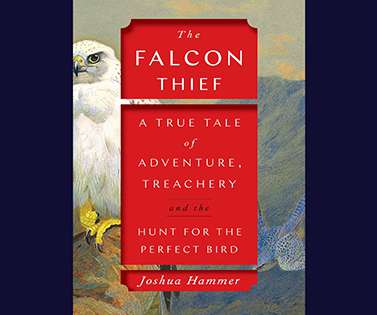
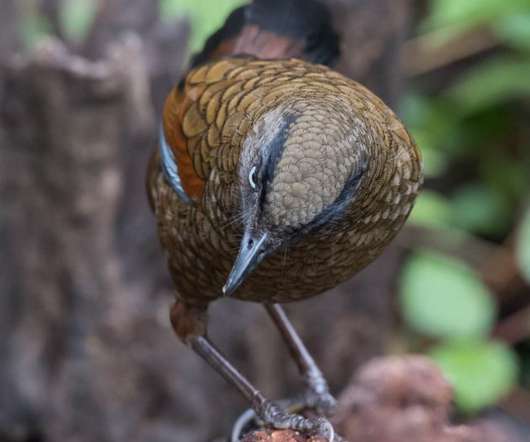



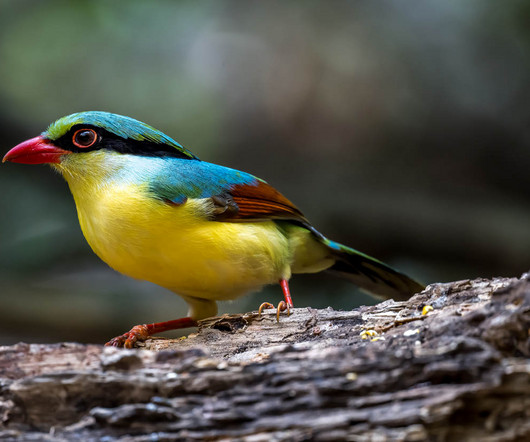
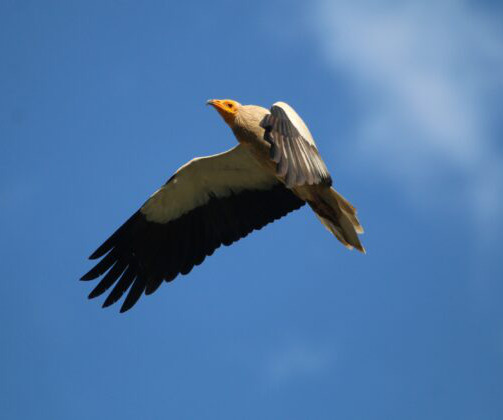
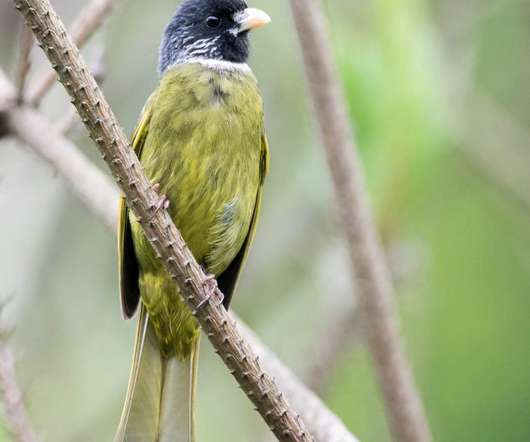
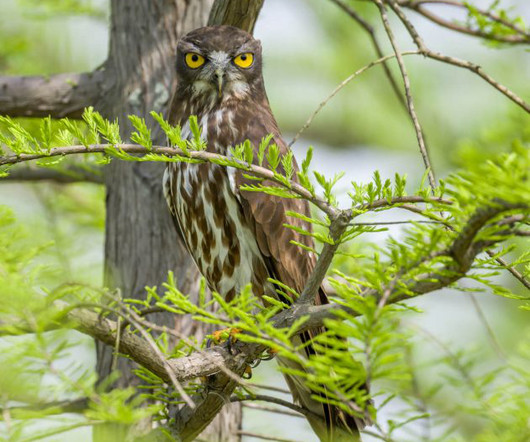






Let's personalize your content